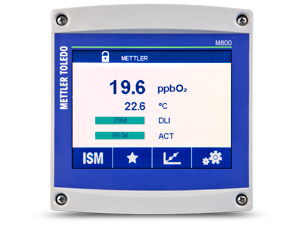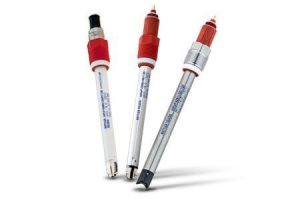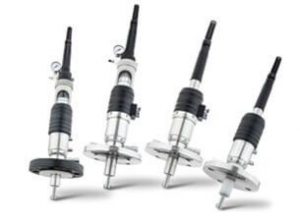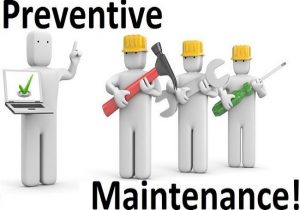
pH is one of the hardest measurements to get right in a process facility. It is affected by temperature. It uses glass sensors which can break. At it’s base, it is measuring a very small millivolt value. The sensors can be coated. High flow rates abrade and damage the sensors. The sensors drift and wear out over time. Etc. Etc. Etc. You measure pH because you have to. Even though there are many potential pitfalls to making the measurement, with careful planning and installation you can be successful.
There are 4 components to every system. They are: Sensor, Housing, Cable, and Transmitter.
Transmitters: Transmitters take the signal from the pH sensor and send that signal to the PLC, SCATA, DCS, etc. I won’t really talk about those any more here as you just use what you have to in order to get the right signal to your control system.

Sensors: There are many types of sensors to measure pH. They all measure the small voltage differential between positively charged hydrogen ions in solutions versus a reference cell. What changes is the type of ion sensitive glass used, the reference electrolyte, the reference membrane type, temperature compensated or not, immersion length, etc. There are hundreds of ways to configure a probe and you need to pick the right one for the application to get the proper lifetime and minimize maintenance. All the sensors I put into processes are temperature compensated and are digital.
Cable: Every sensor needs a cable to connect it to the transmitter. All you need to worry about here is that the cable is long enough to allow for easy removal and installation of the sensor and that the cable won’t be under stress or damaged when removal happens. There are several cable material types that can be used for high temperature areas or chemical resistance.

Housing: The last and other important component is the immersion housing. How are you going to insert the sensor into the process? Is it going into a pipe or a vessel or an open channel? How is it going to be serviced and calibrated? For open top containers and open channels, there are housings that you can suspend from the top via cable or top flange. For pipes and tanks, there are fixed assemblies that you thread the sensor into, but there is no way to remove it when the pipe or tank is full. There are retractable assemblies that can be removed during process for calibration and/or cleaning. You have to pick the housing that allows for the maximum convenience while maintaining process integrity and sanitation. Take into consideration materials of construction and design around chemical compatibility and temperature.The last part of a successful system is the maintenance plan. How are you going to maintain this install and calibrate it routinely? The first step is to consider using digital probes (converts the mV signal to a digital signal right at the sensor rather than the transmitter). This allows for sensors to be swapped in the field, then cleaned and calibrated in the lab. It also limits the number of people doing calibrations which limits variability.

If you use this as a starting guide you will be successful. If you have any questions (which you will), please contact myself or the fine folks at Jasper Engineering at (218) 262-342 or (952) 938-6504, or email us at sales@jaspereng.com.
